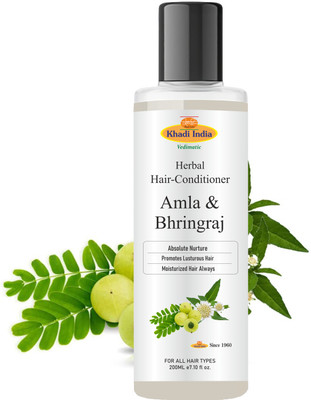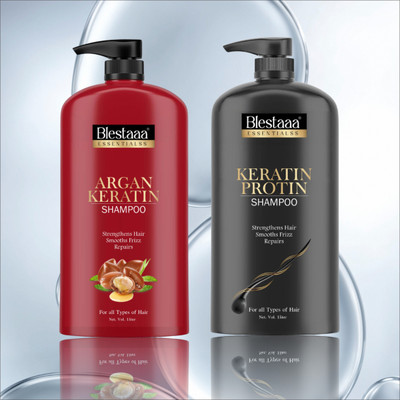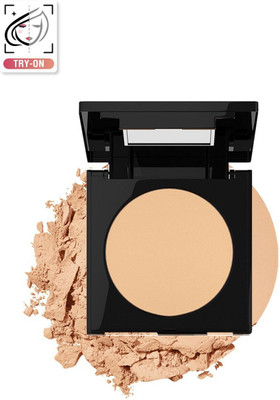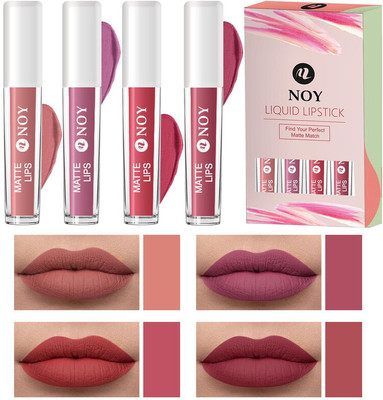
Livincy Sunscreen - SPF 50 PA+++ cool sunscreen for face whitening sunscreen for men and women summer face cream (60 g)
Share
Livincy Sunscreen - SPF 50 PA+++ cool sunscreen for face whitening sunscreen for men and women summer face cream (60 g)
4.6
5 Ratings & 0 ReviewsSpecial price
₹82
₹199
58% off
Minimum Order Quantity:2
Available offers
T&C
T&C
T&C
T&C
Delivery
Check
Enter pincode
Delivery by6 Aug, Wednesday
?
if ordered before 4:59 AM
View Details
Highlights
- For Men & Women
- Suitable For All Skin Types, Combination Skin, Dry Skin, Normal Skin, Oily Skin, Sensitive Skin
- Cream Form
- PA+++
- Paraben Free
Services
- Cash on Delivery available?
Seller
Description
Livincy Cool Sunscreen, a top-tier face cream designed to cater to both men and women who seek a radiant, even complexion. This 60-gram summer essential is expertly formulated to offer dual benefits: advanced sun protection and skin whitening. Ideal for daily use, it provides broad-spectrum protection against harmful UV rays, helping to prevent sun damage and premature aging. The lightweight, non-greasy formula absorbs quickly, leaving your skin feeling refreshed and comfortable throughout the day. Infused with skin-brightening ingredients, Livincy Cool Sunscreen works to enhance your natural glow and even out your skin tone, giving you a luminous, polished appearance. Whether you’re heading out for a sunny day or simply want to maintain a flawless complexion, this sunscreen ensures your skin remains protected and beautifully radiant, making it a must-have for your summer skincare routine. Embrace the perfect combination of effective sun defense and skin-brightening care with Livincy Cool Sunscreen.
Read More
Specifications
In The Box
| Pack of |
|
| Sales Package |
|
General
| Brand |
|
| Model Name |
|
| Quantity |
|
| PA Rating |
|
| Skin Type |
|
| SPF Rating |
|
| Formulation |
|
| Ideal For |
|
| Net Quantity |
|
| UV Protection |
|
| Application Area |
|
| Key Features |
|
| Maximum Shelf Life |
|
| Paraben Free |
|
| Composition |
|
| Container Type |
|
| Manufacturing Process |
|
Additional Features
|
Ratings & Reviews
4.6
5 ratings and 0 reviewsBe the first to ask about this product
Safe and Secure Payments.Easy returns.100% Authentic products.
Back to top












